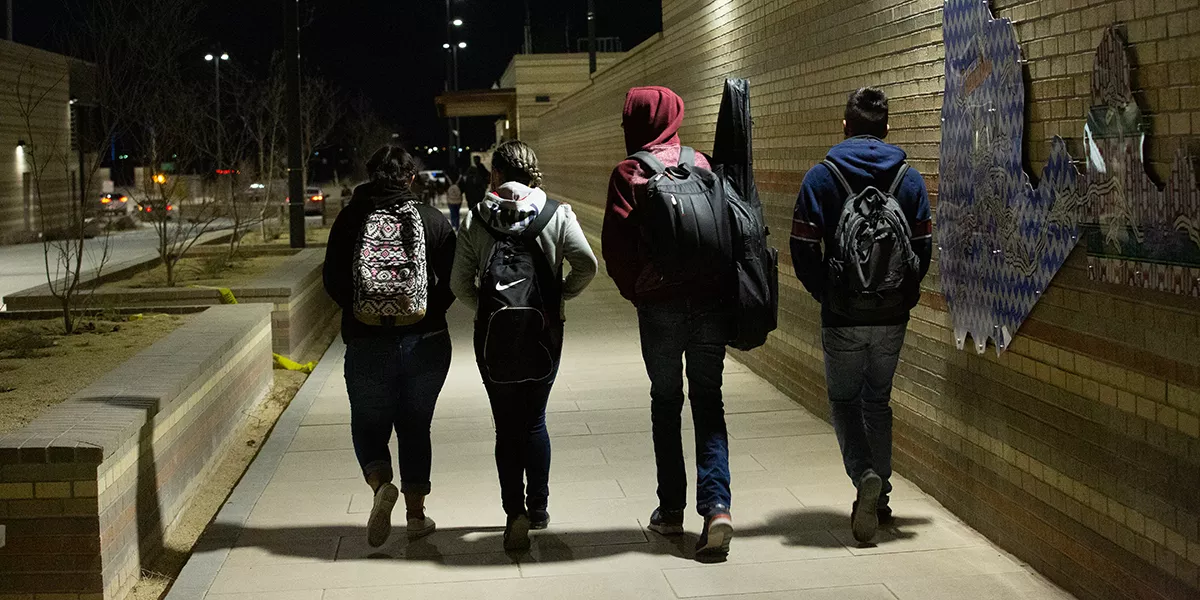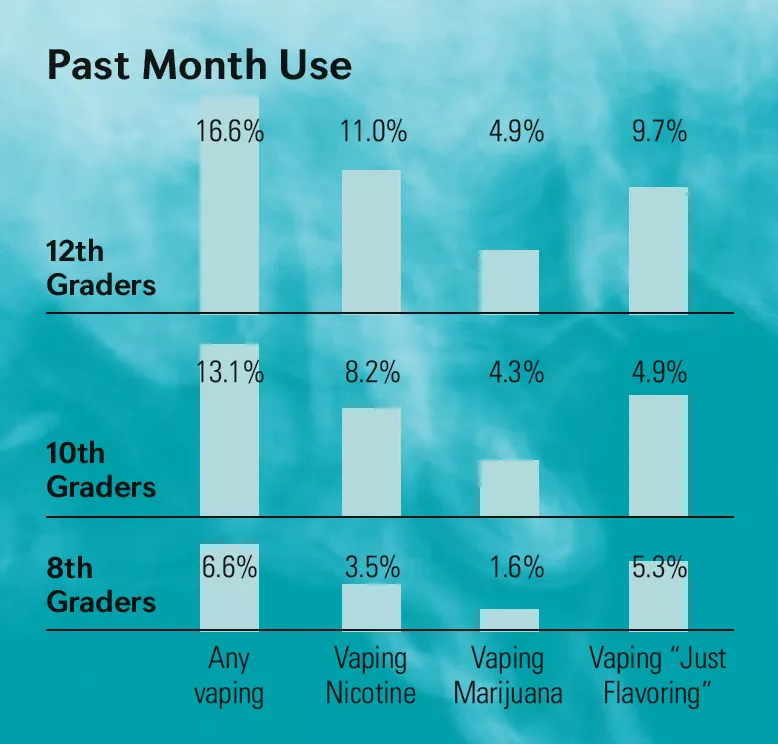COVER: Passport to Education
For decades, children who are U.S. citizens living in Palomas, Mexico, have made a daily trek across the U.S. border to reach schools in Deming and Columbus, N.M., and a quality education.
Teachers of the Year Head to the Border
In February, a network of Teachers of the Year, appalled by the conditions of immigrant children held in government detention centers nationwide, gathered at the U.S. border to conduct a teach-in and to call for the end of the separation of families.
Why We Stay
During last summer’s NEA Representative Assembly, attendees were asked to submit a story idea to NEA Today. Thinking about all of the headlines about why teachers leave the profession, Dallas-area elementary school teacher Michelle Usher suggested we tell the stories of teachers who decide to stay in the classroom.
Pivot to Spring
In 2012, Nancy Burke, a paraeducator at Haverhill High School in Massachusetts, started a small school garden for special needs students. Today, her teaching tool has blossomed to include raised vegetable beds, an orchard, bushes, an outdoor science center, and a watering system.
A Matter of Priorities
In 2017, public schools lost at least $1.8 billion to corporate subsidies. Of that amount, $1.6 billion was lost by school districts in just 10 states. There’s a better way.
Like Arms Wrapped Around a Family
How community schools remove barriers to learning that face families living in poverty.
Someone Has Your Back
One was inspired by the #RedForEd movement, another wanted to hone leadership skills, and a third needed collegial support. Members explain why they joined NEA.
Departments
Issues and Impact
What if Congress kept its promises to our most vulnerable students?
The Federal government owes billions of dollars to America's public school students.
Seize the Day: Organize!
NEA sits down with with Delaware NEA activist member Tammy Eitner. Eitner, a former paraeducator, led a task force for Education Support Professionals (ESP). She now teaches at North Laurel Elementary School in Laurel, Delaware.
People and Places
‘Surviving a Rural High School Shooting’
After surviving the unthinkable, Irene Barry shared her experience in How to Survive a Rural High School Shooting
More Than Drawing and Coloring: Art (and Art Teachers) Has Power
Maryland educator Allison Richo helps students understand the relevance of art by connecting it with everyday life.
Teaching and Learning
To enhance engagement, tell students about the person you know best. Hint: That’s you! Plus, why it’s important that your lesson plans evolve along with the world.
Health & Fitness
Mindfulness 1...2...3: Train your mind to remain in the present moment.
Editor's Note
Lily's Blackboard
Extra Credit
Talk Back
The Transformation of Derek Black
Amazing transformation and shows a very intelligent person. (“How Going to College Helped Derek Black Renounce White Supremacy”) I wonder how things would have played out if he had not gone to that specific college? And why did he or his parents choose that college in the first place? I do not know, but by the accounts I have read, it is a known liberal college. Or is this all explained in the book … I must buy it! —YVETTE
Private School (Non) Advantage
The study showed that when controlling for socioeconomic status, public schools had better educational outcomes than private schools in math. (“Study Upends Conventional Wisdom About Private School Advantage”) Even if you’re low- income, if you want your child to achieve academically, the best option (statisti- cally) is to send them to public school.
—E. BENSON
Our Crumbling Schools
When it rained, my of!ce was like a rain forest. (“K–12 Public Schools: Our Crum- bling, Critical Infrastructure”) Walls were crumbling and moldy, and sometimes more than an inch of water would ac- cumulate, forcing me to continually move everything to avoid the saturation. Noth- ing was done, even though the adminis- tration said they reported the problem. I was at that school for two years, and was never moved to another space.
—G. JONES



